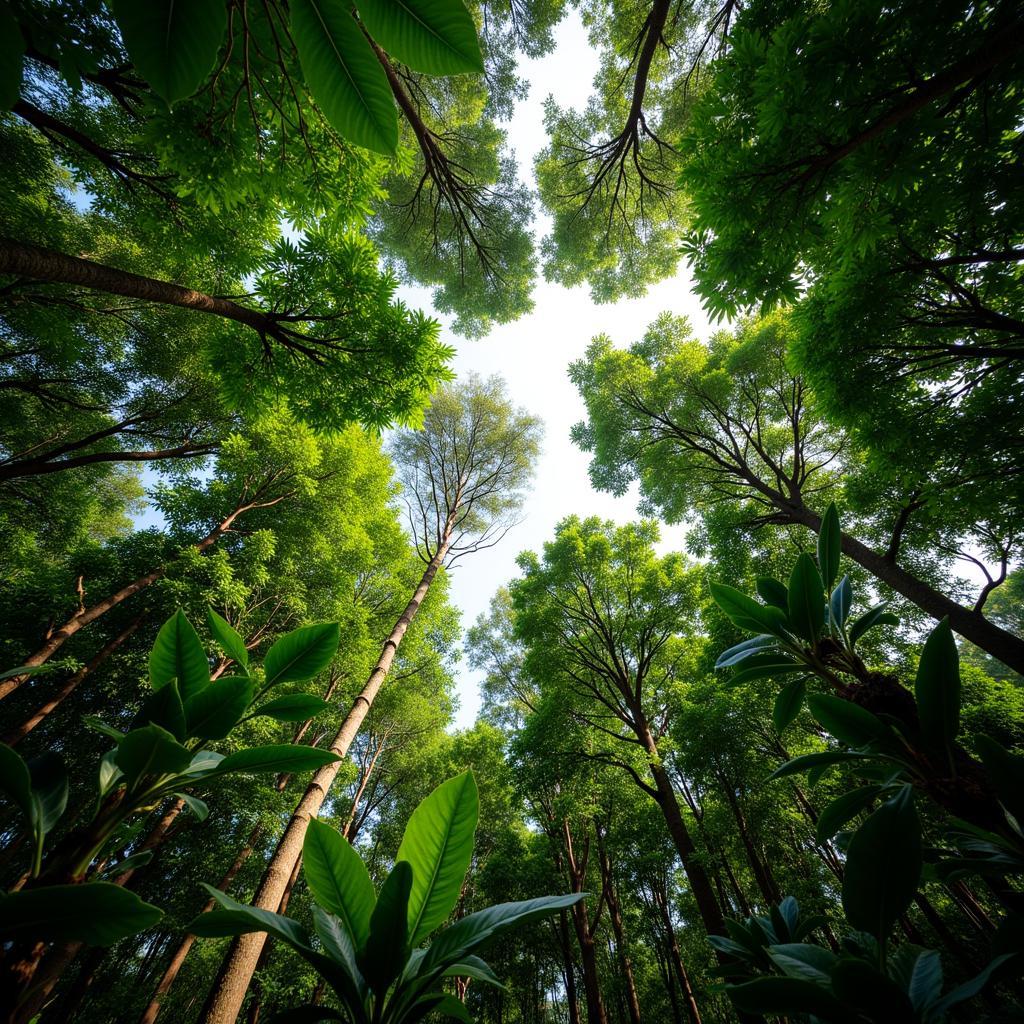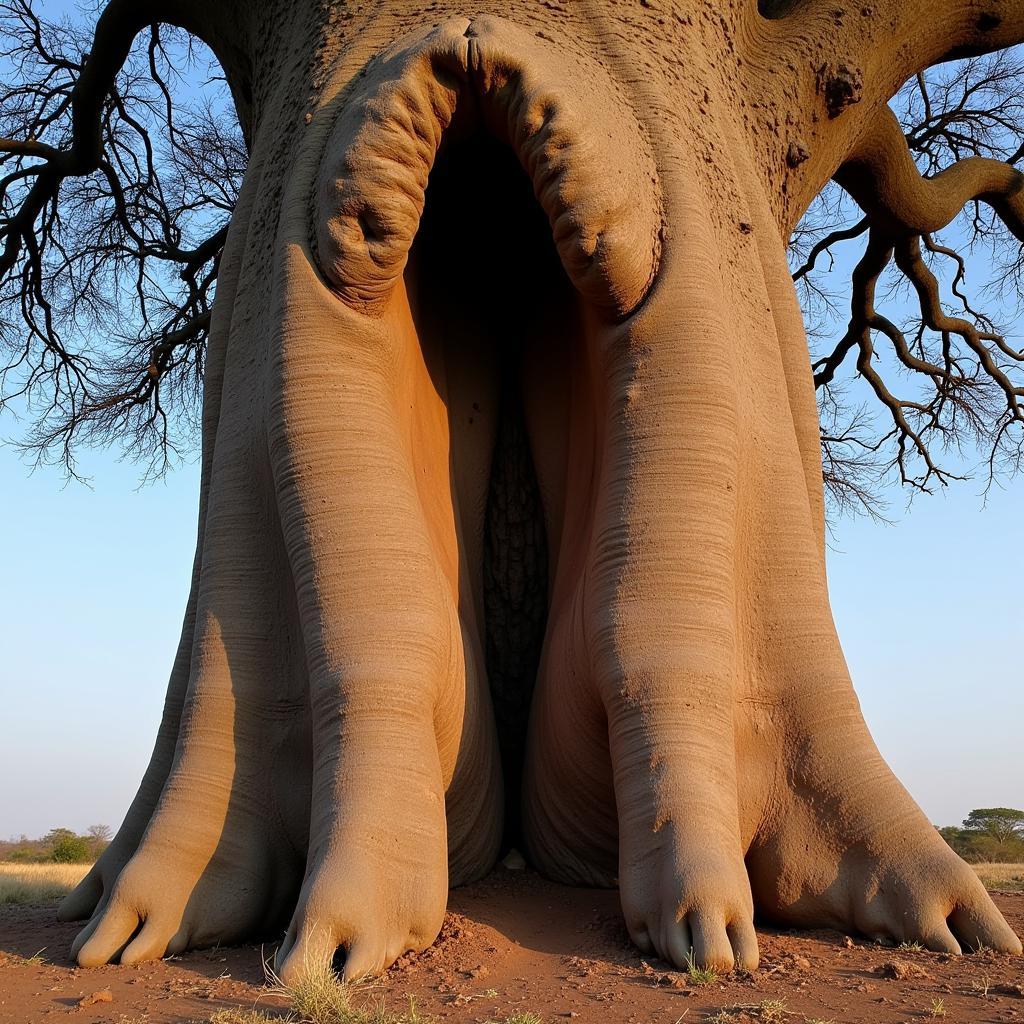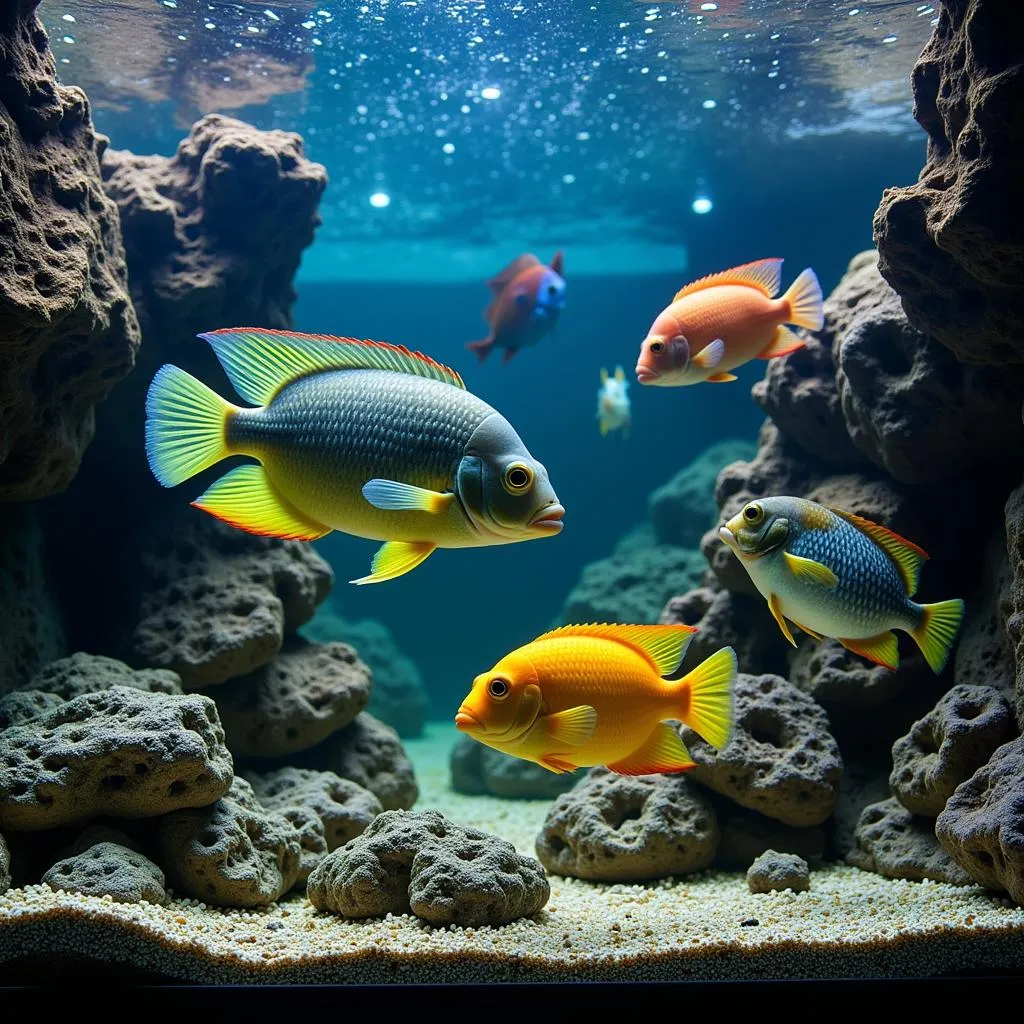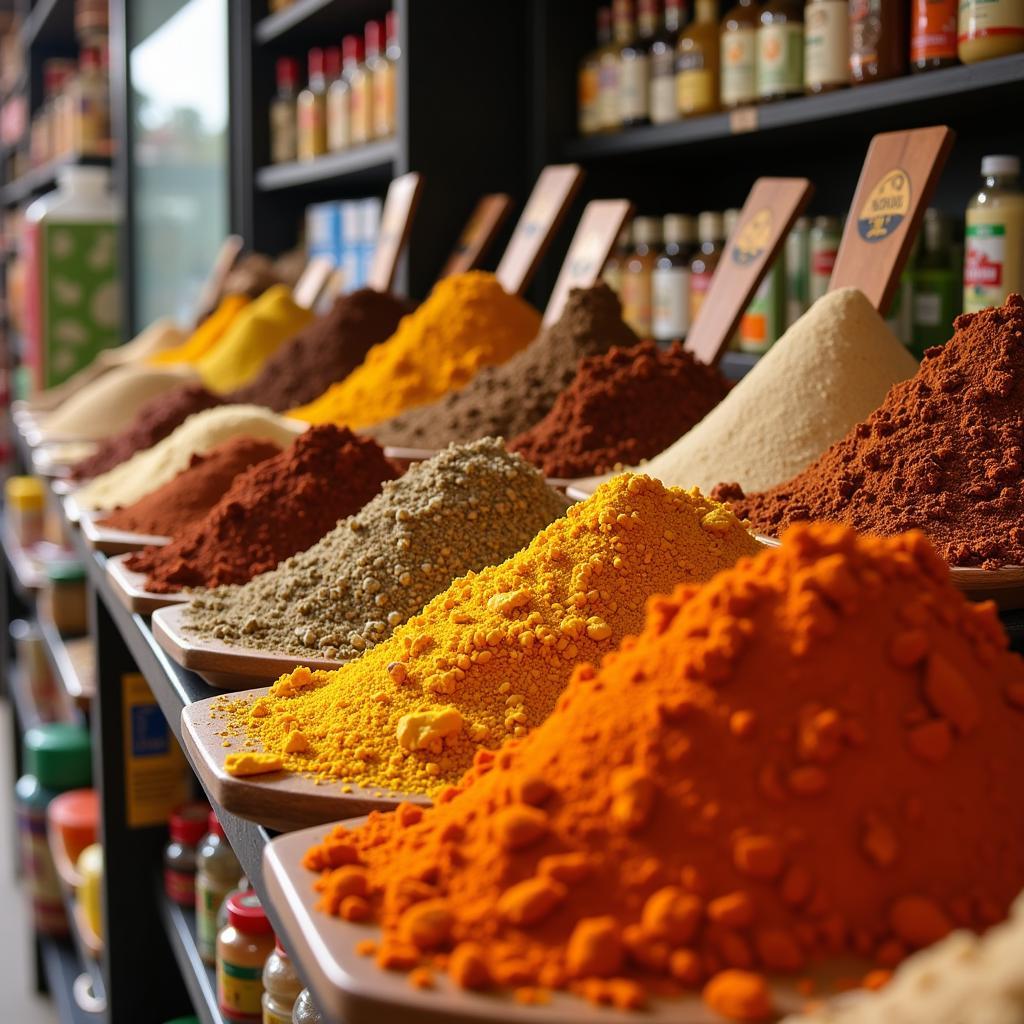African Animals and Plants: A Journey Through Biodiversity
Africa, the second-largest continent globally, pulsates with a vibrant tapestry of life. This richness is not merely confined to its people and cultures but extends to the very environment itself. African animals and plants together weave a complex web of life, each species intrinsically linked to the other. From the sweeping savannas to the dense rainforests, the continent bursts with a diverse array of flora and fauna, many found nowhere else on Earth.
The Interplay of Life: Animals and Plants in African Ecosystems
To understand the true essence of African animals and plants, one must delve into the intricate relationship they share. The survival of each species hinges on the presence of another, forming a delicate balance within various ecosystems. For instance, the iconic Acacia tree, while providing shade and a food source for giraffes with their high-reaching necks, also depends on these gentle giants for seed dispersal. Elephants, the architects of the savanna, clear dense vegetation, allowing new growth to flourish and shaping the landscape for other herbivores.
 Sunlight filtering through dense African rainforest canopy
Sunlight filtering through dense African rainforest canopy
This delicate dance between flora and fauna isn’t limited to the savanna. In the dense jungles, fruit-eating animals like gorillas and chimpanzees play a crucial role in dispersing seeds, ensuring the survival of various plant species. Meanwhile, carnivores like lions and leopards maintain the balance of herbivore populations, preventing overgrazing and habitat destruction.
Unique Adaptations: A Testament to Nature’s Ingenuity
The harsh and varied landscapes of Africa have led to remarkable adaptations in both plants and animals. The Baobab tree, for example, thrives in arid regions by storing water in its massive trunk, a lifeline during droughts. Similarly, the Welwitschia, found in the Namib Desert, has adapted to survive on minimal rainfall, absorbing moisture from fog.
 A massive baobab tree in the arid African landscape
A massive baobab tree in the arid African landscape
African animals, too, showcase incredible adaptations. The giraffe’s long neck is a perfect example, allowing it to reach leaves inaccessible to other herbivores. The cheetah, the fastest land animal, has evolved sleek muscles and a flexible spine for bursts of speed while hunting. These adaptations are not merely fascinating but crucial for survival in the challenging African environments.
Threats and Conservation: Protecting a Fragile Heritage
The rich biodiversity of Africa faces numerous threats, many of them human-induced. Habitat loss due to deforestation, agriculture, and urbanization is a pressing concern. Poaching and illegal wildlife trade further endanger numerous species, pushing some to the brink of extinction.
“The future of Africa’s wildlife lies in the hands of its people. Conservation efforts must empower local communities, providing them with sustainable alternatives to practices that threaten biodiversity.” – Dr. Akinyi Ochieng, Wildlife Biologist.
Efforts to conserve this unique heritage are underway across the continent. National parks and reserves provide safe havens for various species. Community-based conservation initiatives are proving successful, involving local populations in protecting their natural resources.
african jungle animals and plants
Unveiling the Wonders of African Animals and Plants
From the majestic elephants to the resilient Welwitschia, the diversity of African animals and plants never ceases to amaze. Understanding their interconnectedness and the threats they face is crucial for ensuring the survival of these magnificent creatures and the ecosystems they call home. Through responsible tourism, supporting conservation efforts, and spreading awareness, we can all play a role in preserving this natural heritage for generations to come.
FAQ
What is the most biodiverse region in Africa?
The Congo Basin, often referred to as the “second lung of the Earth” after the Amazon, boasts incredible biodiversity, home to 10,000 plant species, 1,000 bird species, and 400 mammal species.
What are some of the endangered animals in Africa?
Sadly, many animals in Africa are endangered, including the black rhino, mountain gorilla, African wild dog, and the Ethiopian wolf, primarily due to habitat loss and poaching.
How can I learn more about specific African animals and plants?
African Elephant Prey and African Knife Fish Video are great resources for diving deeper into specific species.
What are some traditional uses of African plants?
African communities have long utilized indigenous plants for medicinal purposes, food, building materials, and even in spiritual practices. The Baobab fruit, for instance, is highly nutritious, while the Aloe Vera plant is known for its medicinal properties.
What is being done to combat poaching in Africa?
Anti-poaching units are working tirelessly to protect wildlife, employing various methods such as increased patrols, surveillance technology, and community engagement programs.
Need More Information on African Animals and Plants?
Explore our other informative articles:
Contact us for personalized assistance and further inquiries:
Phone: +255768904061
Email: [email protected]
Address: Mbarali DC Mawindi, Kangaga, Tanzania
Our dedicated customer support team is available 24/7 to assist you.


